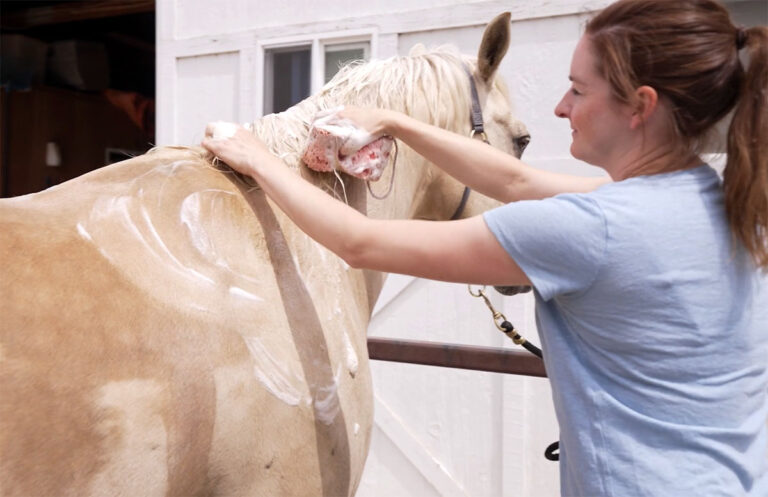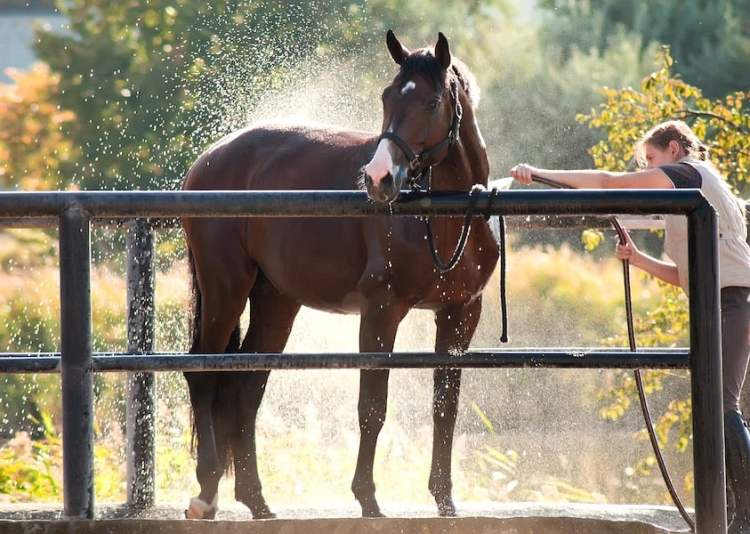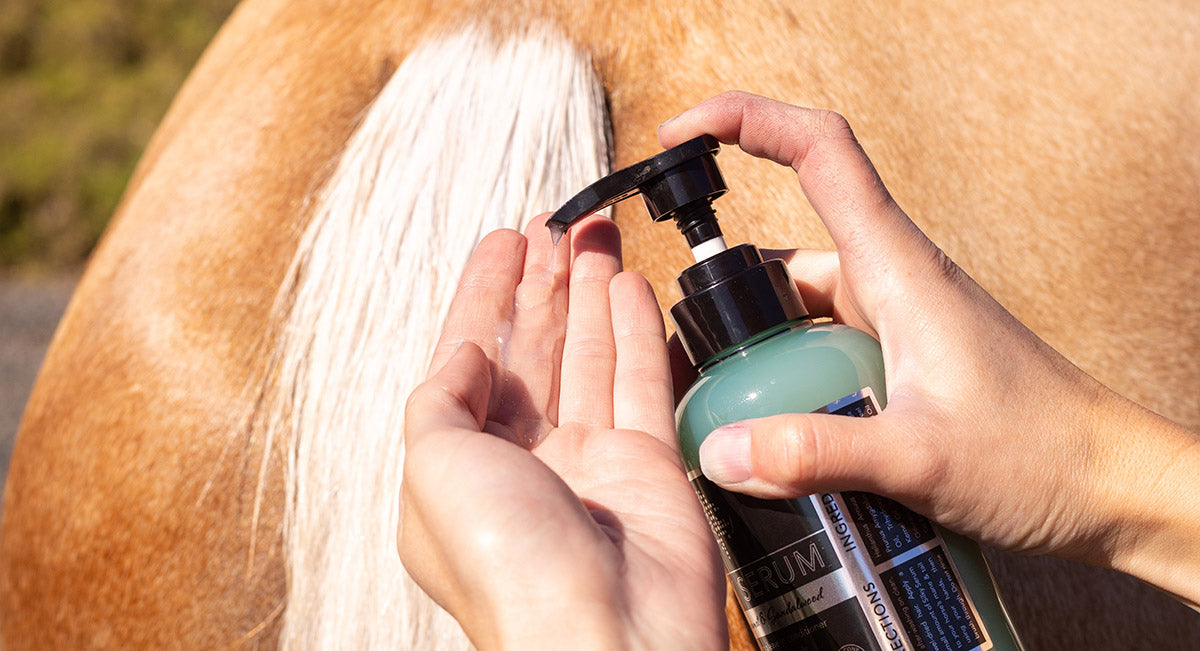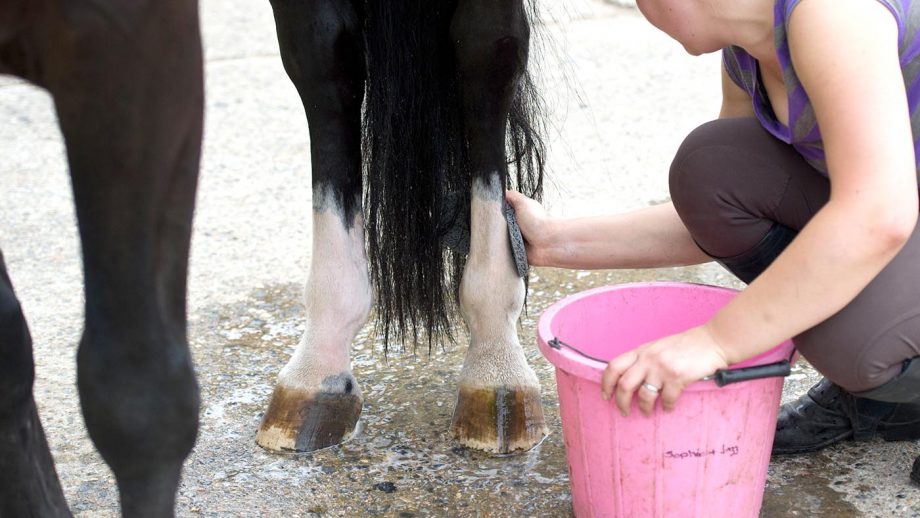As a dedicated horse enthusiast, you understand the importance of maintaining your equipment, including the cherished dressage saddle. Learning how to clean a dressage saddle not only helps preserve its condition but also ensures comfort and safety for both you and your horse.

The Importance of Regular Saddle Cleaning
Regular cleaning of your dressage saddle is crucial for its longevity. Dust, sweat, and grime can degrade the leather, causing deterioration over time. A clean saddle also maintains aesthetic appeal and functionality, ensuring a comfortable ride. Frequent inspections while cleaning can help identify any potential issues that might need addressing.
Gathering Your Cleaning Supplies
Before you begin, ensure you have all the necessary supplies. You will need saddle soap, leather conditioner, soft cloths, water, and a small brush. Having these supplies will make the cleaning process more efficient and effective.
Choosing the Right Saddle Soap
When selecting a saddle soap, choose one that is specifically formulated for leather. This will ensure it cleans effectively without causing harm. Avoid soaps with harsh chemicals that can strip the leather’s natural oils.
How to Begin Cleaning Your Saddle
Start by wiping down the saddle with a dry cloth to remove loose dirt and debris. Moisten a cloth with water and apply saddle soap, gently cleaning the leather in circular motions. Focus on the areas with visible dirt buildup, taking care not to soak the leather.
Detailed Steps to Clean
- Step 1: Disassemble parts such as stirrups and girth for thorough cleaning.
- Step 2: Remove dust and surface dirt using a dry cloth.
- Step 3: Apply saddle soap with a damp cloth, focusing on leather parts.
- Step 4: Use a small brush for stubborn dirt in crevices.
- Step 5: Finish with a dry cloth to remove excess soap.
Conditioning Your Saddle
Once your saddle is clean, conditioning is essential. Apply a suitable leather conditioner to restore moisture. This keeps the leather supple and prevents cracking. Allow the conditioner to absorb thoroughly, then buff the leather to a shine.
Benefits of Conditioning
Conditioning protects the leather from the elements, maintains elasticity, and enhances the saddle’s overall look. Regular conditioning, especially after cleaning, preserves the saddle for years.
Storing Your Dressage Saddle
Proper storage is key to maintaining your dressage saddle. Store it in a cool, dry place on a saddle rack to maintain shape. Use a saddle cover to protect from dust and sun exposure. For more details on storage, check out Horse Riding Gear Care.
Best Practices for Saddle Storage
- Use a breathable cover to prevent mildew and mold.
- Regularly inspect the storage area for dampness or pests.
Addressing Saddle Issues
While cleaning, check for loose stitching or worn areas. Immediate repairs can prevent further damage. Consulting a professional for major repairs ensures your saddle remains in top condition.
Building a Cleaning Routine
Establishing a consistent cleaning schedule is vital for longevity. Regular cleaning and conditioning should become a routine part of your equestrian care.
How Clean Saddles Enhance the Riding Experience
A clean and well-conditioned dressage saddle enhances riding comfort and performance. It ensures your horse’s comfort, improving the overall riding experience. Learn more about enhancing your riding experience with proper gear here.
Conclusion
Maintaining a clean dressage saddle is a rewarding task that reflects your dedication to equestrian sports. A well-maintained saddle enhances the joy of riding, ensuring both you and your horse enjoy a safe and comfortable experience.

Frequently Asked Questions
What if I spill something on my saddle?
Clean spills immediately using a dry cloth to absorb as much liquid as possible. Use saddle soap and water for a thorough clean.
Can I use household cleaners on my saddle?
Avoid household cleaners, as they can strip leather oils and cause damage. Stick to products designed for saddle care.
How often should I clean my dressage saddle?
Regular cleaning after every ride is ideal. At the very least, aim to clean it thoroughly after every few rides.







